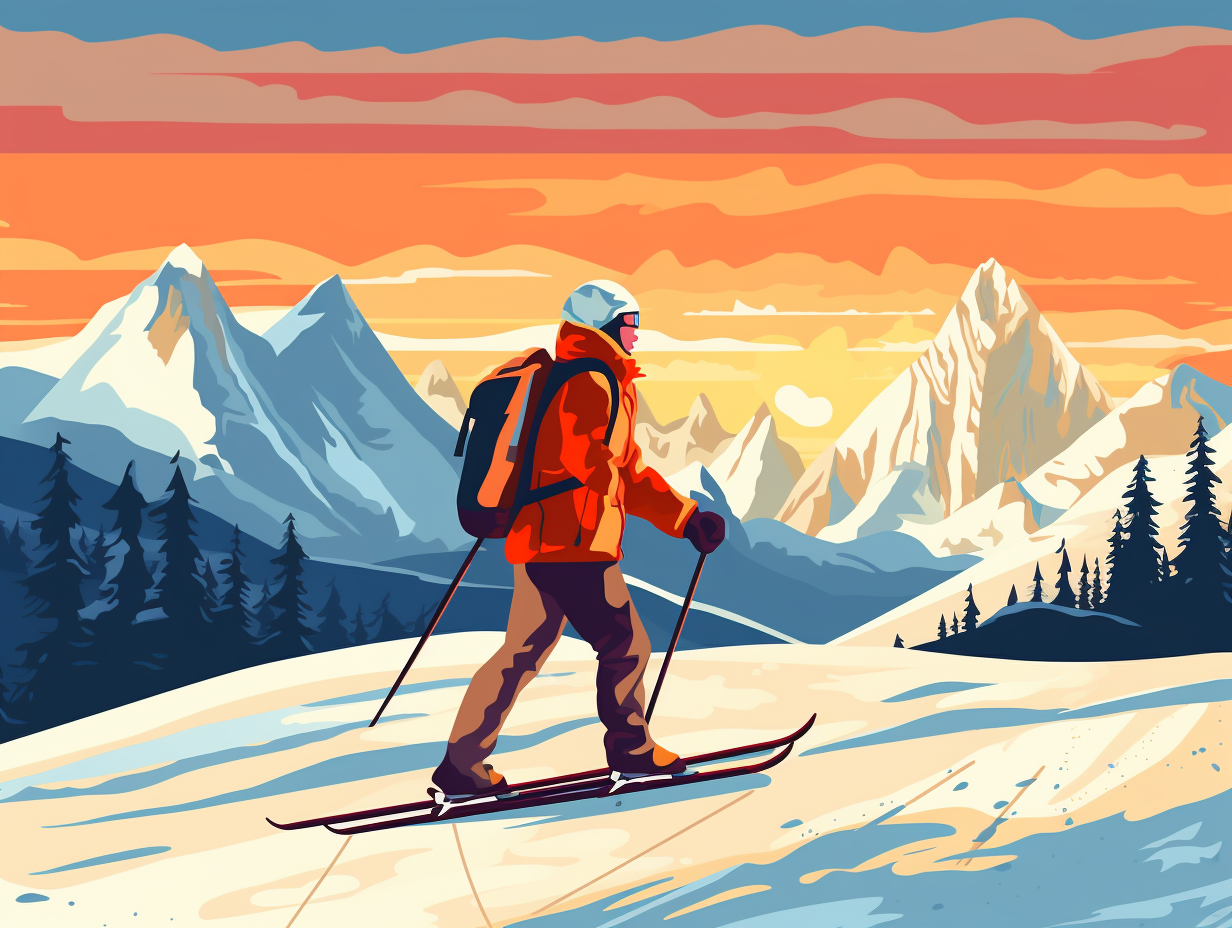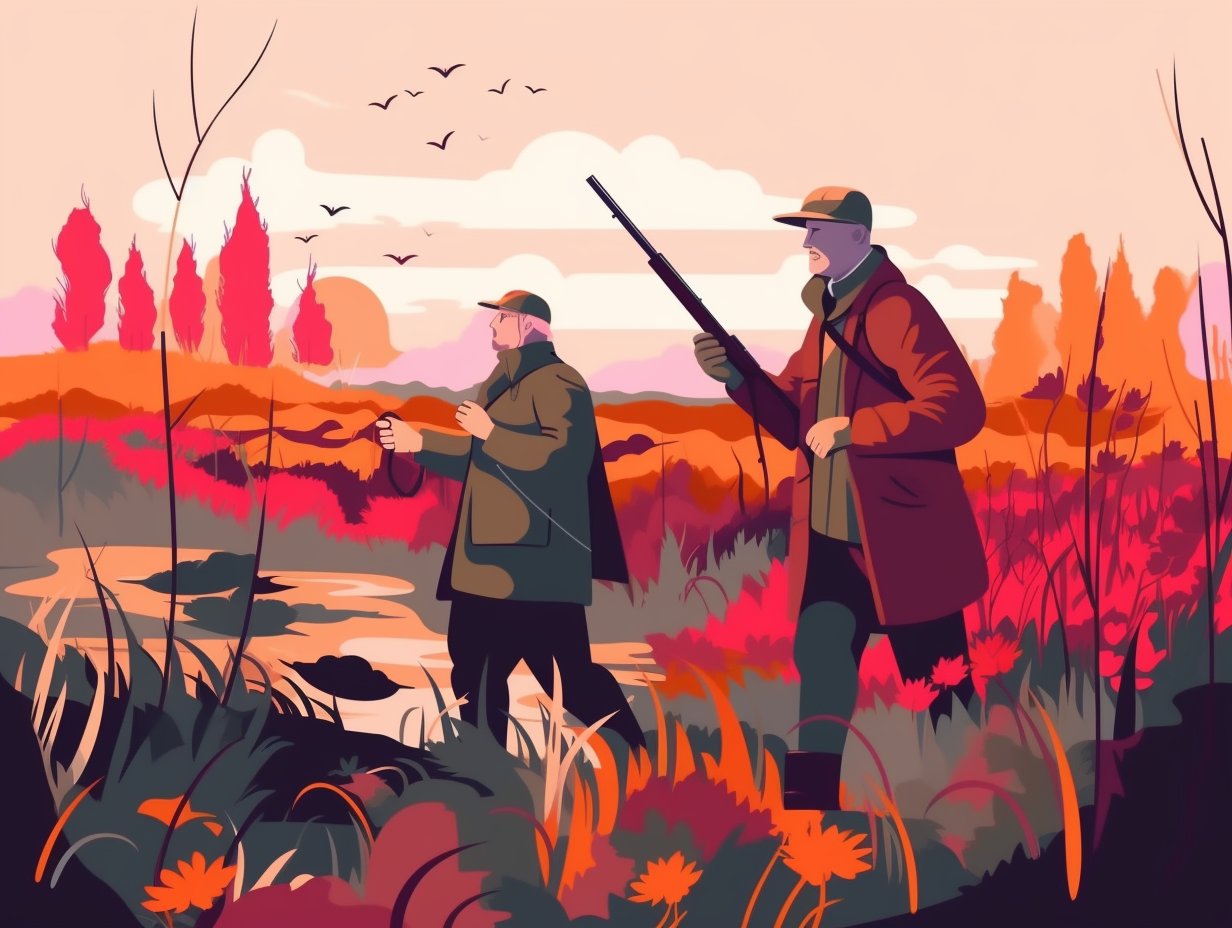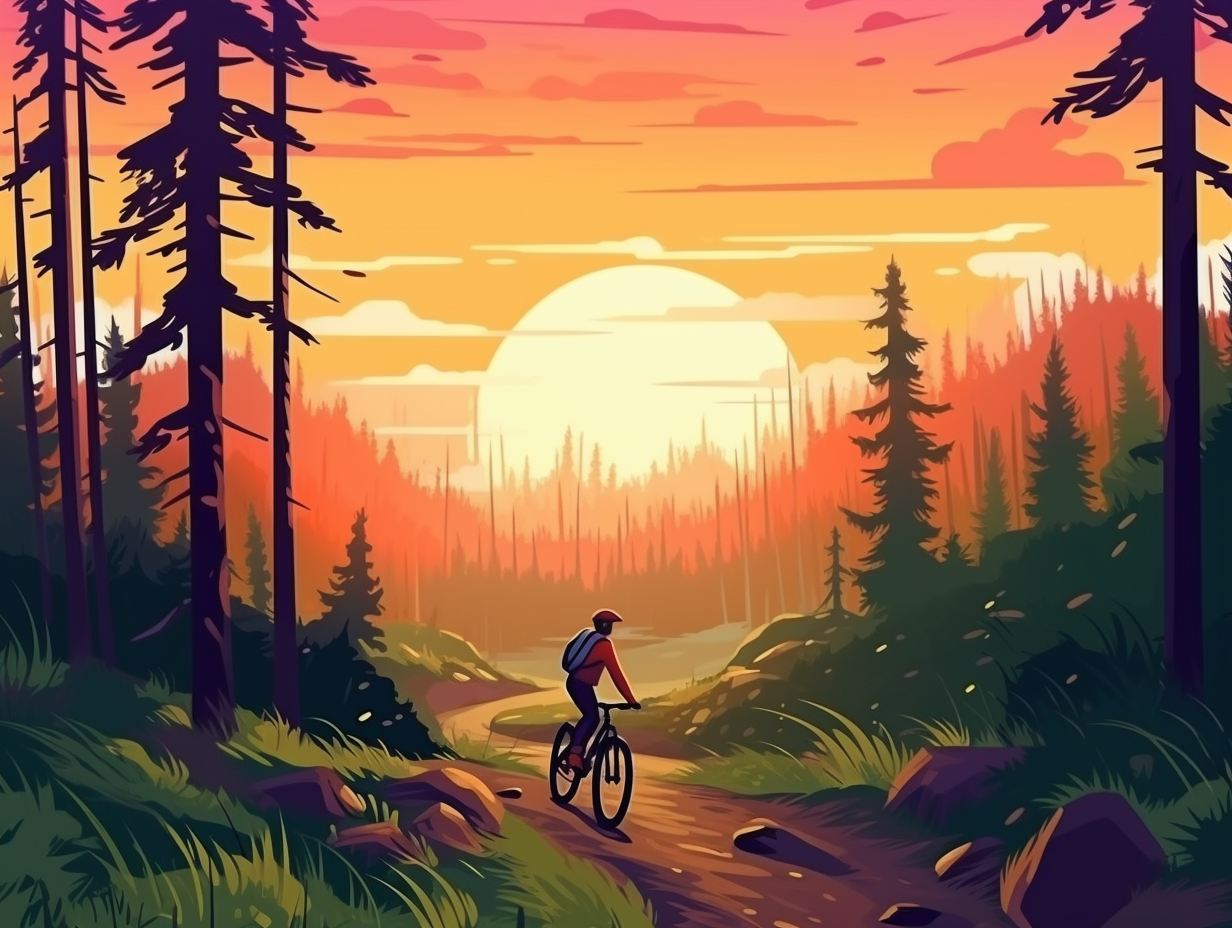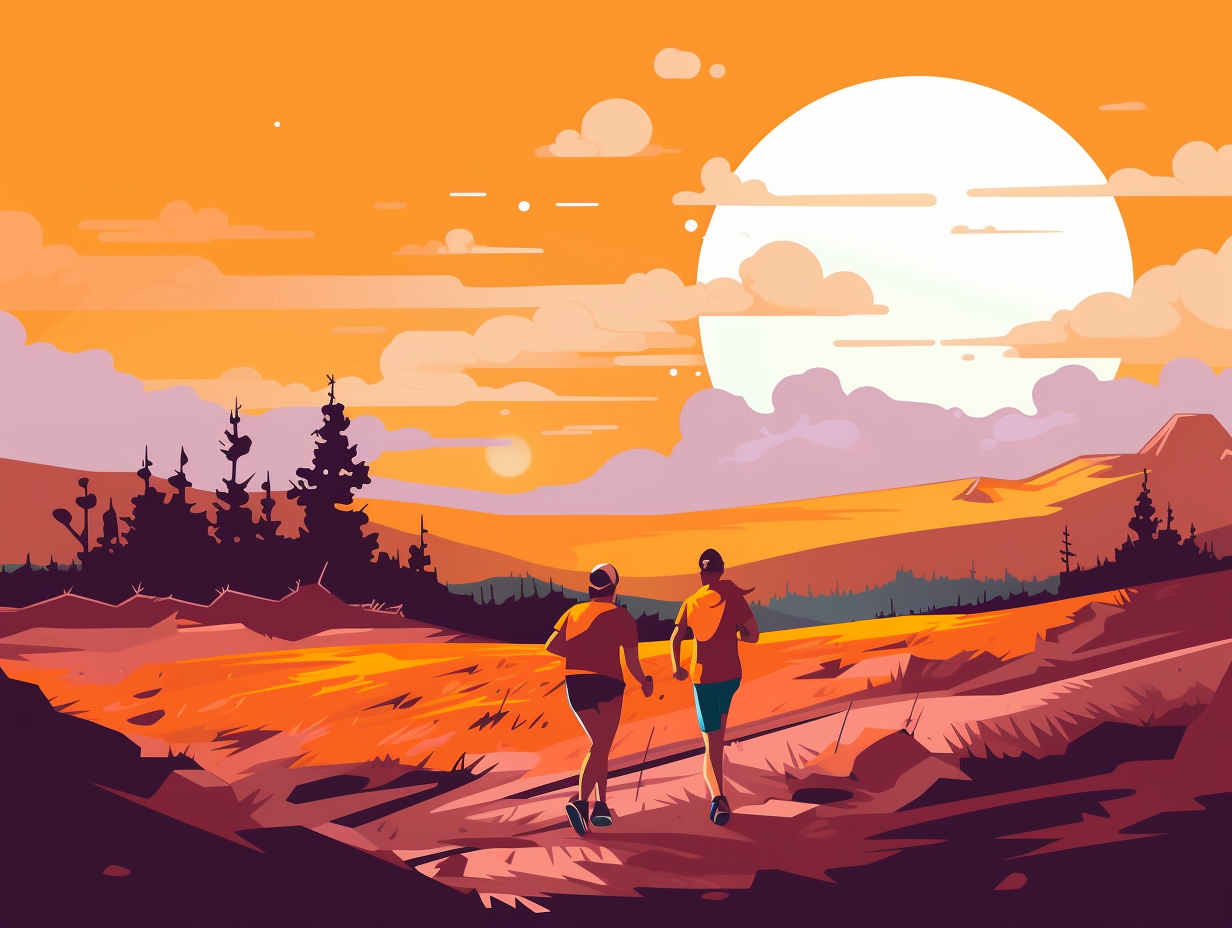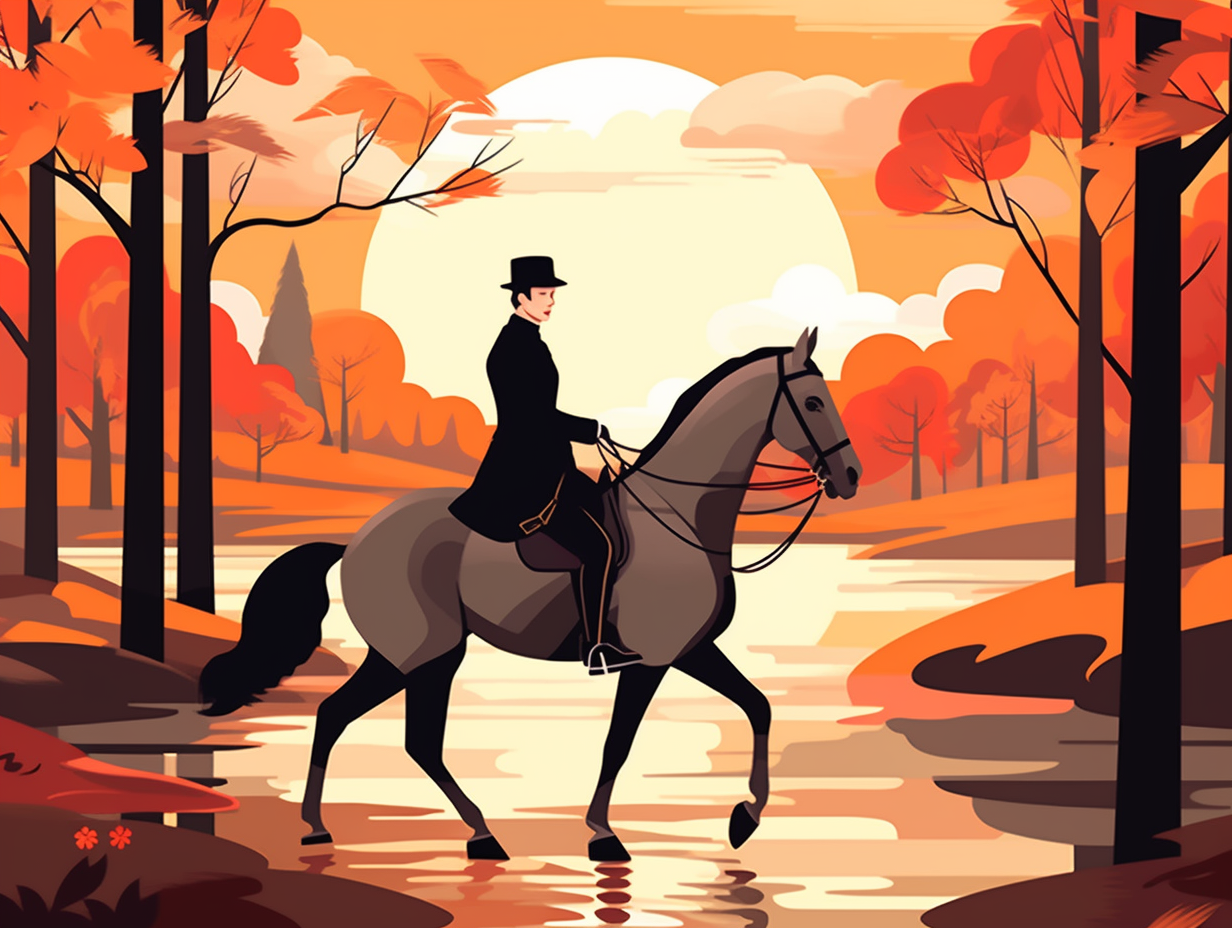Rev Your Engines: Top 11 Fun Facts About Harley Davidson You Must Know!

1. "Hogging the Road" Nickname Origin
Once upon a hog and a hard place, there was a tale of a racing champion who unwittingly changed the vernacular of motorcycling enthusiasts worldwide: In the early 20th century, Lawrence Ray Weishaar of the Harley-Davidson racing team popularized the term "hog" for the iconic motorcycles after his spirited exclamation of "hogging the road" following their 1920 victory, inadvertently slapping the nickname on Harley-Davidsons for generations to come.
Source => en.wikipedia.org
2. HOG Fan Club & Harley Sales
They say you can't buy friends, but Harley-Davidson begs to differ: The Harley Owners Group (HOG) was founded in 1983, bringing together over a million bikers worldwide in the spirit of leather-clad camaraderie. With members spending 30% more on Harley gear and events, this hog-wild fan club proves there's no separating the riders from their beloved "hogs."
Source => en.wikipedia.org

Did you know trees are nature's spa? Discover the amazing health benefits of Forest Bathing and how it can boost your immune system for over 30 days! 🌳💆♀️
=> Fun Facts about The-Outdoors
3. Parking Lot Turned Community Park
Whoever said "there's no fun in a parking lot" clearly didn't see Harley-Davidson coming: Harley-Davidson is transforming its 4-acre parking lot into a vibrant and inclusive community park, designed by the Heatherwick Studio, complete with tiered seating, lush plants, and prioritizing sustainability with the Sustainable SITES Initiative.
Source => today.marquette.edu
4. Harley-Davidson's WWII Contributions
Rev your engines and strap on your helmets, folks: Harley-Davidson's history has a more explosive past than a Fourth of July fireworks display! The iconic motorcycle brand supplied over 20,000 bikes to the military in World War I and a whopping 90,000 during World War II, becoming a dynamic force in reconnaissance, mine probing, scouting ambushes, securing bridges, and establishing forward positions. Talk about going full throttle into the history books!
Source => entrepreneur.com
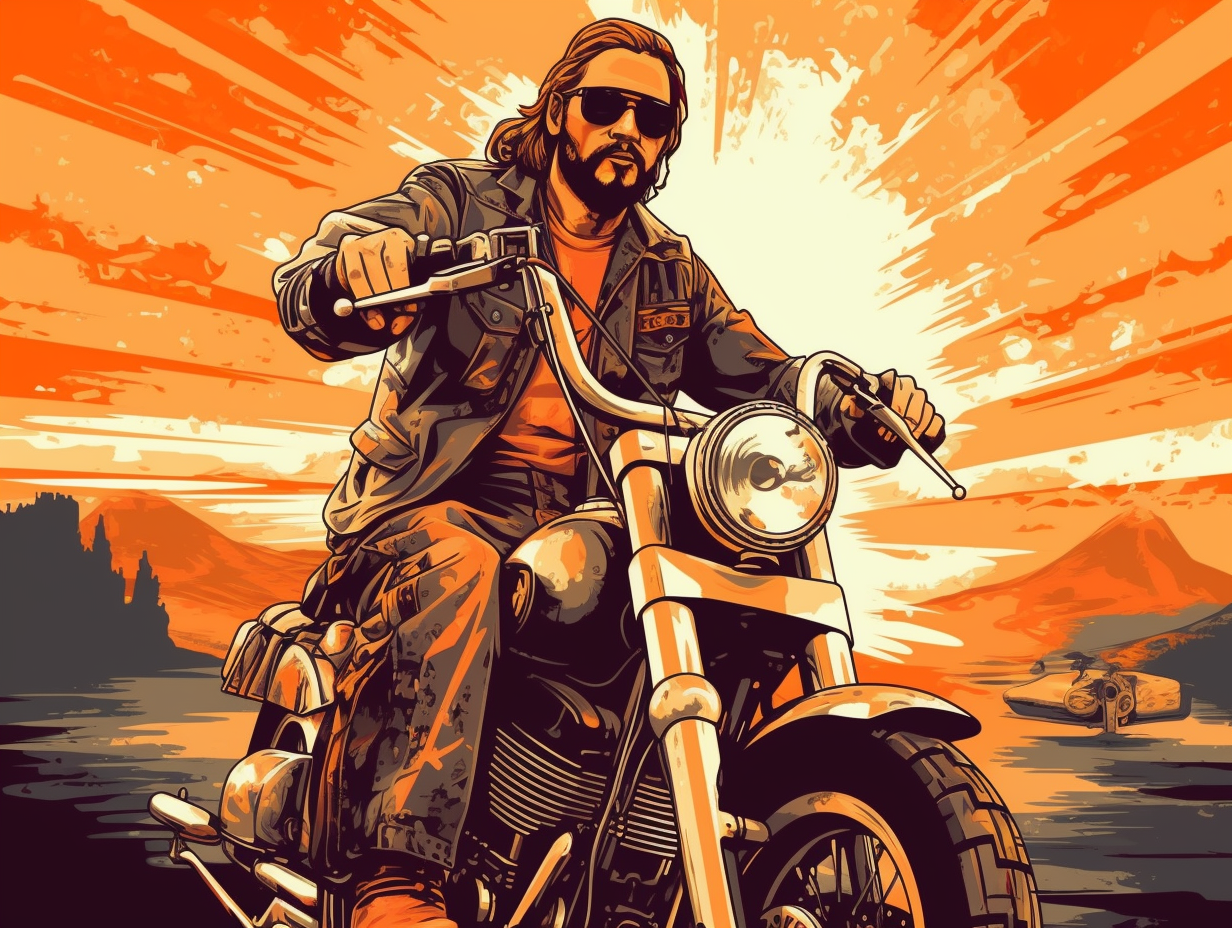
5. Myth: Tomato Can Carburetor
If tomatoes could ride: the idea that the first carburetor used on a Harley-Davidson was fashioned from a repurposed tomato can is as juicy a rumor as they come, but sadly, this tale contains no seeds of truth. On a more factual note: Harley-Davidson's origin was remarkably modest, as their initial creation had a single-cylinder engine and a top speed of 25 mph.
Source => fool.com
6. Sound Trademark Legal Battle
Did you hear about the court case that was a real riot in the exhaust notes? Harley-Davidson tried to put a legal muffler on the iconic sound of their V-Twin engine: the company filed a sound trademark application in 1994, which they were forced to drop in 2000 after competitors argued that other cruiser-style motorcycles with single-crankpin V-twin engines produced similar auditory delights.
Source => svw.co.za
7. Century-Old Bicycle Replicas
Ready to pedal back in time with style and a touch of vroom-vroom vibes? Harley-Davidson is giving nostalgia buffs an opportunity to "chain"-ge their ride: The company has commissioned a limited edition run of replicas of its century-old bicycle. Launched in 1917, these iconic bikes boast a coil-spring saddle, kinked top tube, and custom "H-D" chainring. Meticulously crafted by Chicago's Heritage Bicycles, these replicas come with a price tag of $4,200 and are available by joining their museum waitlist. Sure to make folks reminisce about when things were simpler and handlebars were for holding, not for Bluetooth syncing.
Source => gearjunkie.com
8. Belt Drives' Comeback & Kevlar Upgrade
Don't let the years of dust and rust fool you: Harley Davidson belt drives made a roaring comeback with the FXB Sturgis in 1980! Thanks to a high-tech makeover featuring DuPont Kevlar construction and some serious resistance to environmental nasties, belt drives have become the go-to choice for today's cruisin' kings and queens. While racers might prefer to stick with their chains, the rest can happily enjoy a smoother, quieter ride with these modern belts – no oil changes required!
Source => automotivemacedonia.wordpress.com
9. The Scooter-Style Super 10
Before there were electric scooters zipping through city streets, Harley-Davidson was zooming into the future with their very own two-wheeled transporter that definitely didn't require a smart app: the Super 10 motorcycle, introduced in 1960, marked the last of the American Lightweight models, featuring a 165 cc two-stroke single engine, a fiberglass body, a continuously variable transmission, but unfortunately missed out on having an engine fan.
Source => en.wikipedia.org
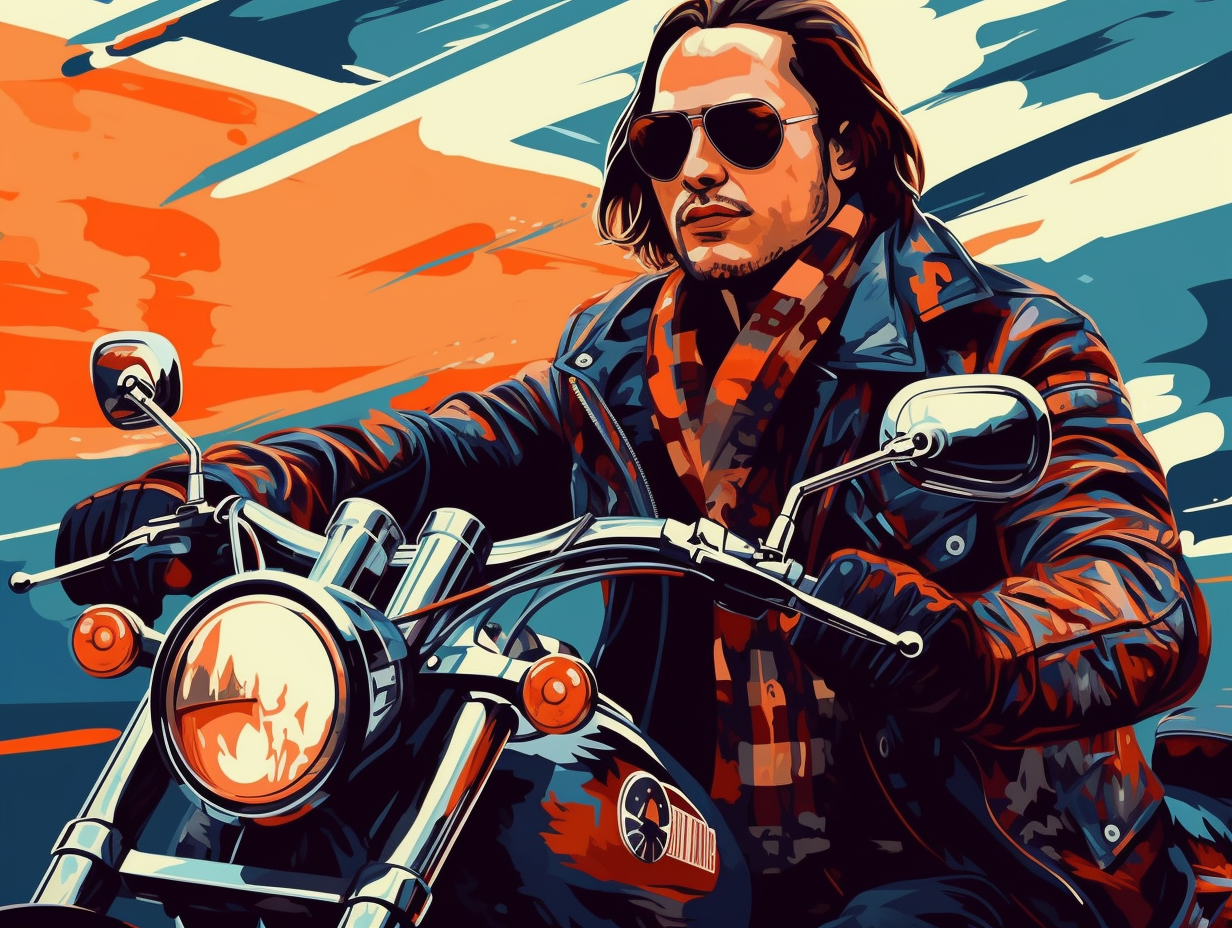
10. Rural Mail Delivery Revolution
In an alternate universe where Paul Revere trades his trusty steed for a rumbling chopper, you'd hear him exclaim, "The mail is coming! The mail is coming!": In the early 20th century, rural mail carriers traded in their horse-drawn carriages for speedy Harley-Davidson and Indian motorcycles, allowing them to swiftly deliver mail to American countryside residents. This shift was so significant that by 1912, the United States Postal Service relied on these motorized iron horses instead of their four-legged counterparts as their primary delivery vehicles.
Source => motorcyclistonline.com
11. Three-Wheeled Servi-Car Sidekick
Who needs a chauffeur when you've got a three-wheeled sidekick? Harley-Davidson had automotive full-service in mind with its quirky creation: The Servi-Car, a three-wheeled utility motorcycle designed from 1932 to 1973, was intended to be hitched behind cars for delivery, then unhitched for the driver to ride back to the garage, and even played sidekick to small businesses, mobile vendors, and police departments until the 1990s!
Source => en.wikipedia.org




